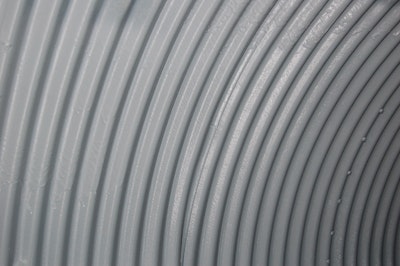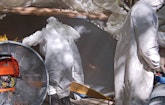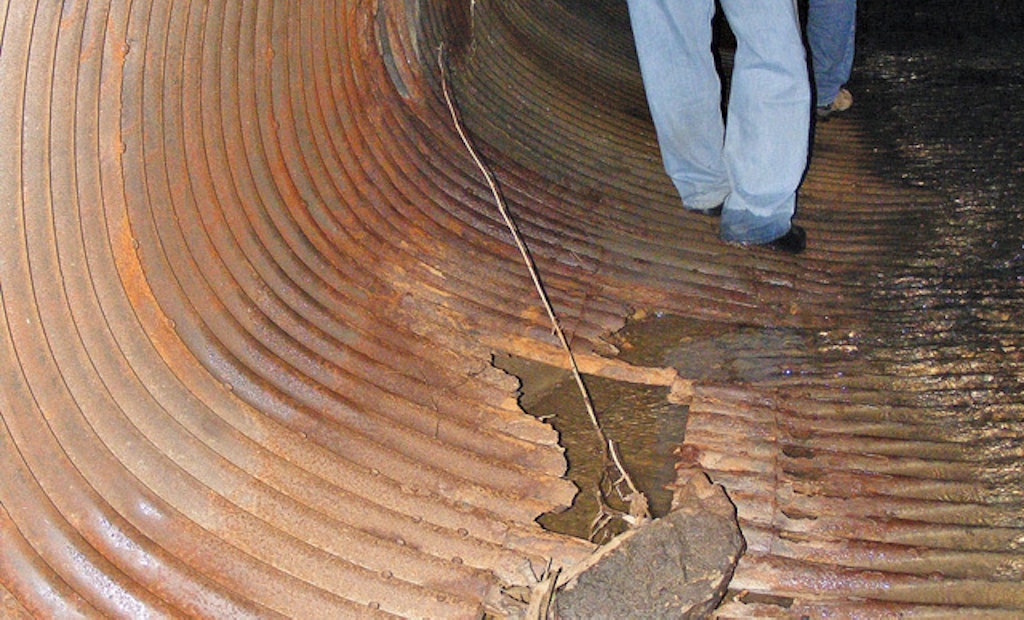For city leaders in Englewood, Ohio, rehabilitating a deteriorating culvert during an economic downturn could have been a costly proposition.
The 347-foot-long, 112- by 75- inch corrugated metal culvert on State Route 48, next to the Interstate 70 intersection, was...








